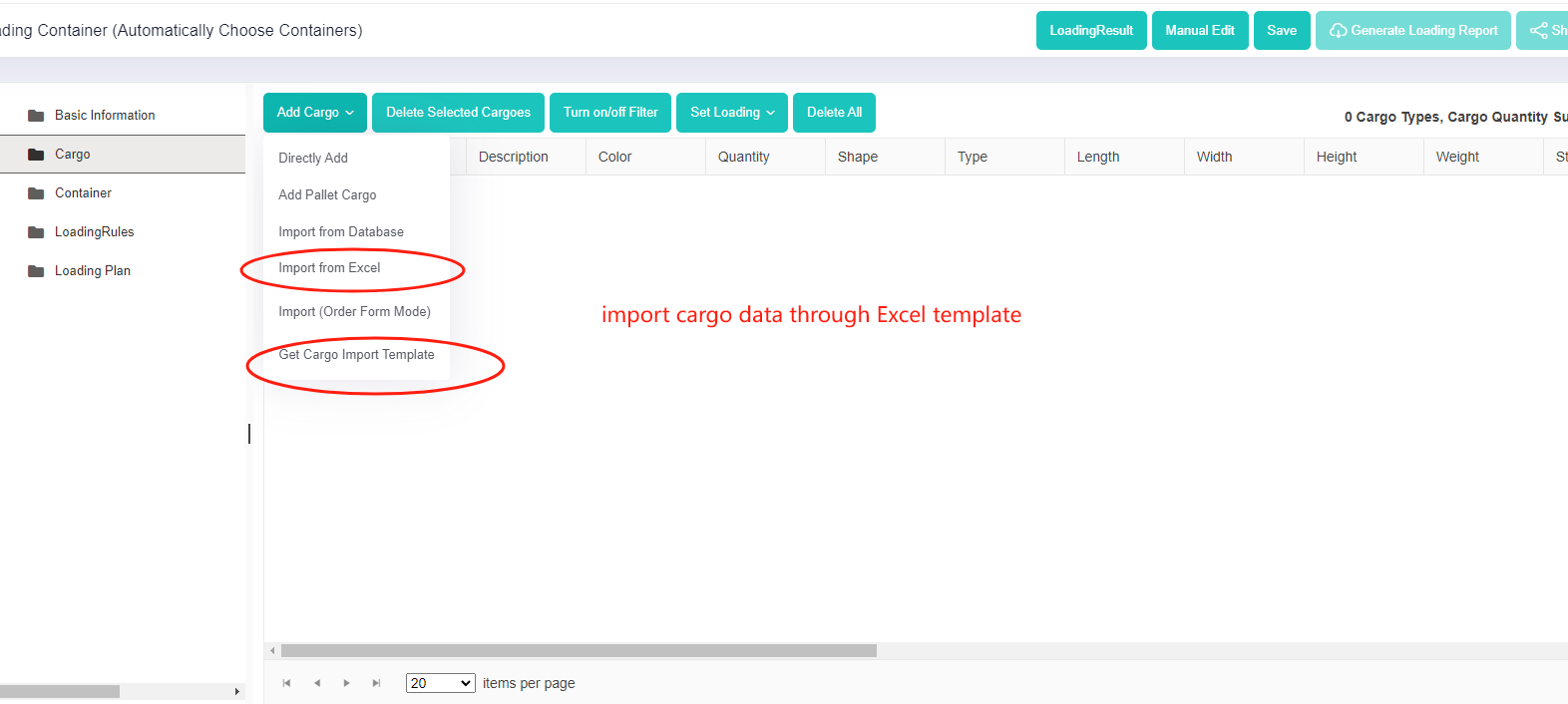Konica Minolta Business Technologies (Wuxi) Co., Ltd. is a company specializing in the production of multifunctional composite printers and printer-related accessories. Its business scope spans across various regions worldwide, offering a diverse range of goods in different sizes. Cargo load planning is a crucial yet intricate operation involving time and efforts when manually calculating loading solutions, while maximizing container space usage remains a challenge.

According to Mr. Xiao from Konica Minolta, “improving container loading efficiency, enhancing loading rates, and streamlining container and truck loading operations have become urgent. After presenting these challenges to our professional and technically proficient colleagues, they recommended LoadMaster cargo load planning software. The software’s operation is extremely user-friendly, well-designed, and equipped with functions precisely meeting our loading requirements.
The software’s functions are meticulously designed, and several aspects stand out:
- One-click import of cargo data: With the ability to import cargo data via Excel templates and customized loading rules, uploading approximately 300 orders takes only about 10 seconds, ensuring swift and convenient data preparation.


- Group function: Customizable “group” in Excel templates allows us to pack items from the same group into a single container, preventing splitting orders of cargoes across multiple containers and saving data processing time after container loading operation.

- Visualized 3D loading results: Upon completing the cargo load planning process, downloadable loading reports include detailed information such as cargo names, quantities, cubic measurements, 3D loading diagrams, and QR codes for real-time detailed inventory checks via mobile scanning. This facilitates warehouse loading staff in understanding and enhancing the rationality of item placement.


- Data security measures: Through signed data confidentiality agreements, company data remains secure.
With the help of LoadMaster, significant improvements have been observed in container loading rates, cargo load planning efficiency, and rational placement of goods:
Optimized cargo placement: The software resulted in a more rational stacking of cargo within containers and trucks, significantly increasing loading rates (e.g., BUS loading rates increased from an average of 64% to 75%).
Reduction in cargo load planning time: Container loading time decreased from 45 minutes per container to 15 minutes per container.
Mitigation of manual operation error risks: It effectively reduced the risk of cargo on-site loading delays and order alterations due to inaccurate manual container calculations.
Check how we can help home appliances and electronics industry at https://blog.loadmaster.biz/2023/11/02/40/